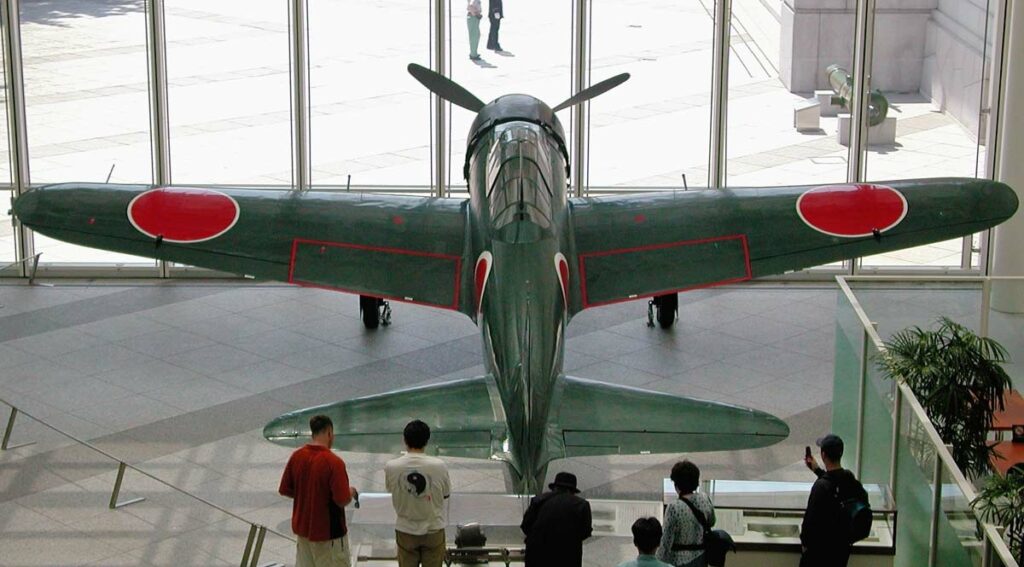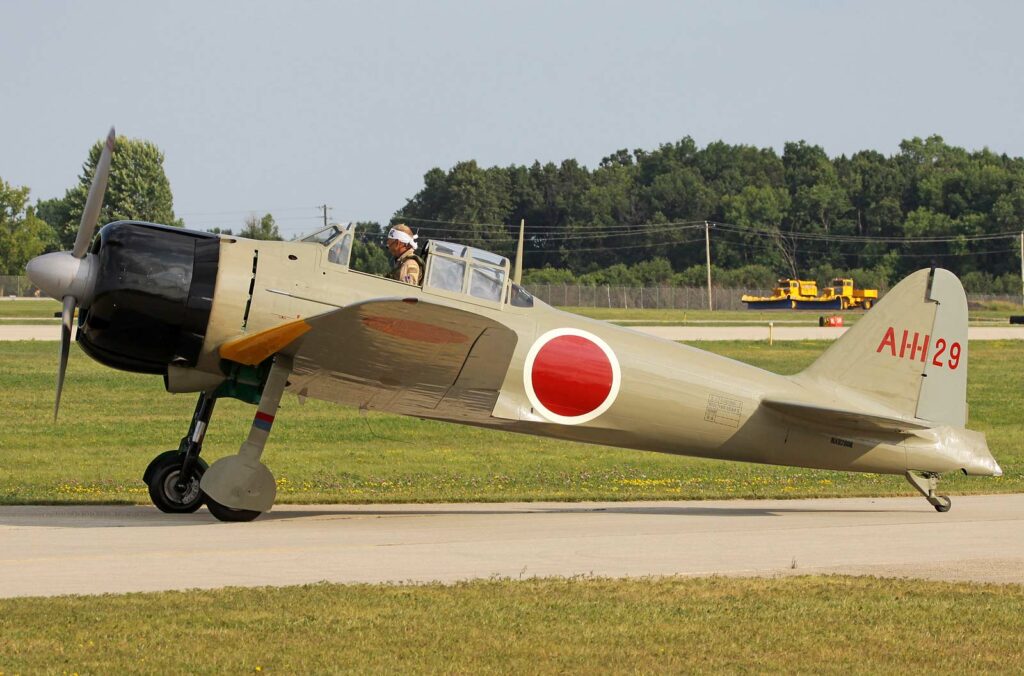The Mitsubishi A6M Zero, a long-range carrier-based fighter aircraft, famed for its role in WWII, known for agility, range, and as Japan’s premier air superiority fighter.
This article provides a comprehensive overview of the Mitsubishi A6M Zero, a notable Japanese fighter aircraft of World War II. It delves into the history, design, performance, and military usage of the aircraft. The history section explores the strategic context of its development, including its objectives and first flight. The design segment details its technical specifications and the balance between agility and armament. Performance analysis compares the Zero with contemporary fighters, highlighting its strengths and weaknesses. The military use section discusses its combat roles, operational history, and its eventual phasing out, providing a complete picture of this iconic aircraft.
The Mitsubishi A6M Zero is a legendary fighter aircraft that played a pivotal role in the Pacific Theater during World War II. Known for its exceptional maneuverability and range, the Zero was a symbol of Japan’s air power and became a formidable opponent for Allied forces in the early years of the war.

History of the Development of the Mitsubishi A6M Zero
In the 1930s, as tensions in the Asia-Pacific region escalated, the Imperial Japanese Navy recognized the need for a superior fighter aircraft to maintain air supremacy. The Mitsubishi A6M Zero, developed by Mitsubishi Aircraft Company and designed by engineer Jiro Horikoshi, was Japan’s answer to this strategic imperative.
The development program was launched in response to a 1937 Imperial Japanese Navy requirement for a new fighter with unmatched range, maneuverability, and firepower. This requirement stemmed from Japan’s island-based military strategy, demanding a fighter capable of operating from aircraft carriers with sufficient range to engage enemies far from base.
The Zero first flew on April 1, 1939. Its design philosophy prioritized agility and range over armor and heavy armament, a decision that initially gave it an edge in air combat. Unlike many contemporaries, the Zero lacked self-sealing fuel tanks and armor protection for the pilot, which later became significant vulnerabilities.
Design of the Mitsubishi A6M Zero
The Mitsubishi A6M Zero was a masterpiece of lightweight aircraft design, embodying a sleek, minimalist approach. It was powered by a Nakajima Sakae radial engine, which contributed to its notable performance.
In terms of dimensions, the Zero was 29 ft 9 in (9.06 m) long, with a wingspan of 39 ft 4 in (12 m) and a height of 10 ft (3.05 m). It had an empty weight of 3,704 lbs (1,680 kg) and a loaded weight of 5,313 lbs (2,410 kg). This lightweight construction, coupled with a powerful engine, endowed the Zero with exceptional maneuverability and climb rate, but at the cost of durability and pilot protection.
The Zero’s design incorporated some unique features for its time, including folding wingtips for carrier storage and an exceptionally low wing loading, which enhanced its maneuverability. However, its lack of armor and self-sealing fuel tanks became significant drawbacks as Allied pilots developed tactics to exploit these weaknesses.
Performance of the Mitsubishi A6M Zero
The Zero was powered by a Nakajima NK1C Sakae 12 radial engine, producing about 940 hp (700 kW). This powerplant enabled a maximum speed of 331 mph (533 km/h) and a climb rate that could reach 4,000 feet per minute (1,220 m/min). The aircraft’s service ceiling was around 33,000 feet (10,000 m).
Its range was one of its most remarkable features, capable of 1,930 miles (3,105 km) with drop tanks. This exceptional range allowed the Zero to operate far from its carrier bases, a crucial advantage in the vast Pacific Theater.
When compared to contemporaries like the American Grumman F4F Wildcat and later the F6F Hellcat, the Zero could outmaneuver its opponents but was increasingly outgunned and out-armored as the war progressed.

Military Use and Combat of the Mitsubishi A6M Zero
The Zero was armed with two 7.7 mm Type 97 machine guns and two 20 mm Type 99 cannons, a formidable armament for its time. In combat, its agility and range made it a dominant force in the early years of the Pacific War.
The Zero saw extensive action in conflicts from the attack on Pearl Harbor to the Battle of Midway and beyond. Its dominance was unrivaled until Allied pilots developed tactics like the “Thach Weave” to counter its maneuverability.
The aircraft was used by Japan throughout WWII but was eventually overshadowed by newer Allied fighters. It was never officially sold to other countries during its service life. The Zero was eventually replaced by more advanced aircraft like the Mitsubishi A7M Reppu.
By the end of the war, the Zero was outclassed by Allied fighters, leading to its phasing out. Its legacy, however, endures as a symbol of Japanese air power and innovation during WWII.
The Mitsubishi A6M Zero remains a prominent figure in the annals of military aviation history. Its development, design, and performance reflect the technological and strategic challenges of its time. While initially superior, its weaknesses were eventually exploited, demonstrating the relentless advancement of military technology. The Zero’s legacy is a testament to its initial prowess and the changing dynamics of aerial warfare.
Back to the Warbirds section.